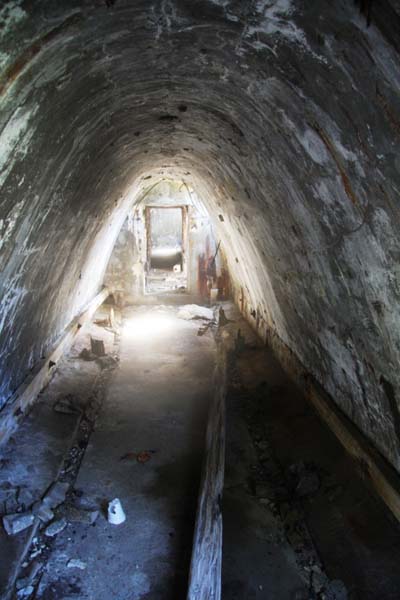

These planes extensively strafed Ewa Field, Ewa Plantation and also strafed and killed an Army railway engineer at nearby Fort Barrette. Unlike the Zero fighter, the D3A "Val" was a dive bomber equipped with 7.7 mm wing machine guns and a rear gunner with a swiveling 7.7 mm machine gun. Thinking they were Americans, the pilots were glad to have escorts for the remaining miles into the field. The B-17 flight then spotted a group of fighter aircraft coming to meet them. A logical assumption as Pearl Harbor was bordered by sugar plantations. As the planes got closer Army Tech Sergeant Lee Embree in one of the B-17's saw what he thought were burning sugar cane fields in the distance as they neared Pearl Harbor. The flight contacted the Hickam Field tower at 0745 hours local Hawaiian Time but was still too far away, and the transmission was too garbled for anyone to understand.Ī few minutes later the B-17s sighted the Hawaiian Islands and Oahu came into view on the horizon. Ironically this also provided an excellent homing beacon for Japanese planes!

The long B-17 flight over the ocean was uneventful, and as they neared Hawaii, radio station KGMB was playing Hawaiian music for them to use in locating the island. The Japanese used the airspace over Ewa as their primary staging area for the attack and withdrawal of their naval air forces. These were the very first air to air combat photos taken during the opening moments of the Pacific War and they were taken right over the coastal community of Ewa Beach, Hawaii.
Japanese air raid alert full#
The full story of this B-17 flight is quite amazing, but has been omitted here to primarily address two of the most famous photos taken during the Decemattack on Pearl Harbor. Among them was an Army Tech Sergeant with a Speed Graphic camera. Some of the planes also carried Army passengers hitching a ride to the Philippines, such as Army Tech Sergeant Lee Embreeġ2 unarmed B-17's like this one were inbound to Hickam Field on the morning of December 7, 1941. They carried their bomb sights and machine guns but no ammunition the 2,400 mile (3,840 km) flight required all the gasoline the aircraft could carry. In order to save fuel, the B-17s had a skeleton crew consisting of pilot, copilot, navigator, engineer and radioman. Instead of a full scale air raid alert that would have sent Army and Marine fighters into the air to challenge inbound Japanese bombers, the B-17 flight arrival caused the Army radar report from Opana Point of a mass of incoming planes (actually Japanese) to be dismissed as the expected flight of American Army B-17 Flying Fortresses.

The concept of AIR POWER on that morning belonged to the Imperial Japanese Navy.as well as phenomenal luck!įate couldn't have played a worse hand for the sleeping Oahu military guarding the bases around Pearl Harbor. However, the unfortunately timed arrival of the new B-17's from California destined for the defense of the Philippines were flying right into the Japanese surprise attack on Pearl Harbor.

On the morning of 7 December 1941, twelve Boeing B-17 Flying Fortresses were approaching Hawaii after a 14-hour flight from California.Īlso arriving in the mail to homes all over America and Hawaii was the LIFE magazine cover story entitled "Air Power" featuring a B-17 bomber on the cover. One'ula Beach: The Ewa Location Of Historic DecemAir Photos By Lee Embree From Army Boeing B-17-E Flying Fortress Oneula Beach Dec 7, 1941: Air Photos from Landing B-17 Flying Fortressīy John Bond 5:14 AM :: 21786 Views :: Hawaii History, Military


 0 kommentar(er)
0 kommentar(er)
